Understanding Local Roofing Regulations and Codes
Whether you're a homeowner planning a new roof installation or a contractor overseeing multiple projects, understanding local roofing regulations and codes is critical. These guidelines ensure not only the structural integrity of buildings but also the safety and well-being of occupants. With varying laws and codes in different regions, it becomes imperative to stay updated and compliant to avoid penalties and ensure the longevity of roofing projects.
Understand Differing Regulations
The first step in understanding local roofing regulations is recognizing that rules can differ vastly from one jurisdiction to another. Many localities have stringent codes that require special permits and inspections to ensure roofs meet specific safety and environmental standards. Failing to comply with these local regulations can result in hefty fines and even the need to redo work, leading to unforeseen expenses and project delays.
Assess Costs
Moreover, following local roofing codes is not just about compliance but also about saving money in the long term. According to Forbes, roof repairs can cost anywhere from $150 to $8,000, depending on the type of repair. Investing in initial compliance and high-quality materials according to local codes can minimize these costs by preventing damage and ensuring that any repairs are less costly over time. By adhering to these guidelines, homeowners and contractors can ensure a long-lasting and durable roof.
Incorporate Weather Considerations
Additionally, local roofing regulations often incorporate environmental and weather-related considerations specific to an area. For example, coastal regions may have codes requiring wind-resistant materials, while regions prone to heavy snowfall might require roofs with steeper pitches to prevent snow buildup. Understanding these specific requirements helps ensure that the roof will withstand local weather conditions, offering peace of mind and added safety for those who live and work beneath it.
Understanding and adhering to local roofing regulations and codes is a cornerstone of successful and sustainable roofing projects. Not only does compliance ensure safety and security, but it also safeguards against financial loss in the long run. By staying informed and committed to following these rules, homeowners and contractors can avoid unnecessary complications and ensure the longevity and safety of their roofing endeavors. To learn more about the local roofing regulations in our area, reach out to Phil's Main Roofing LLC to get started!



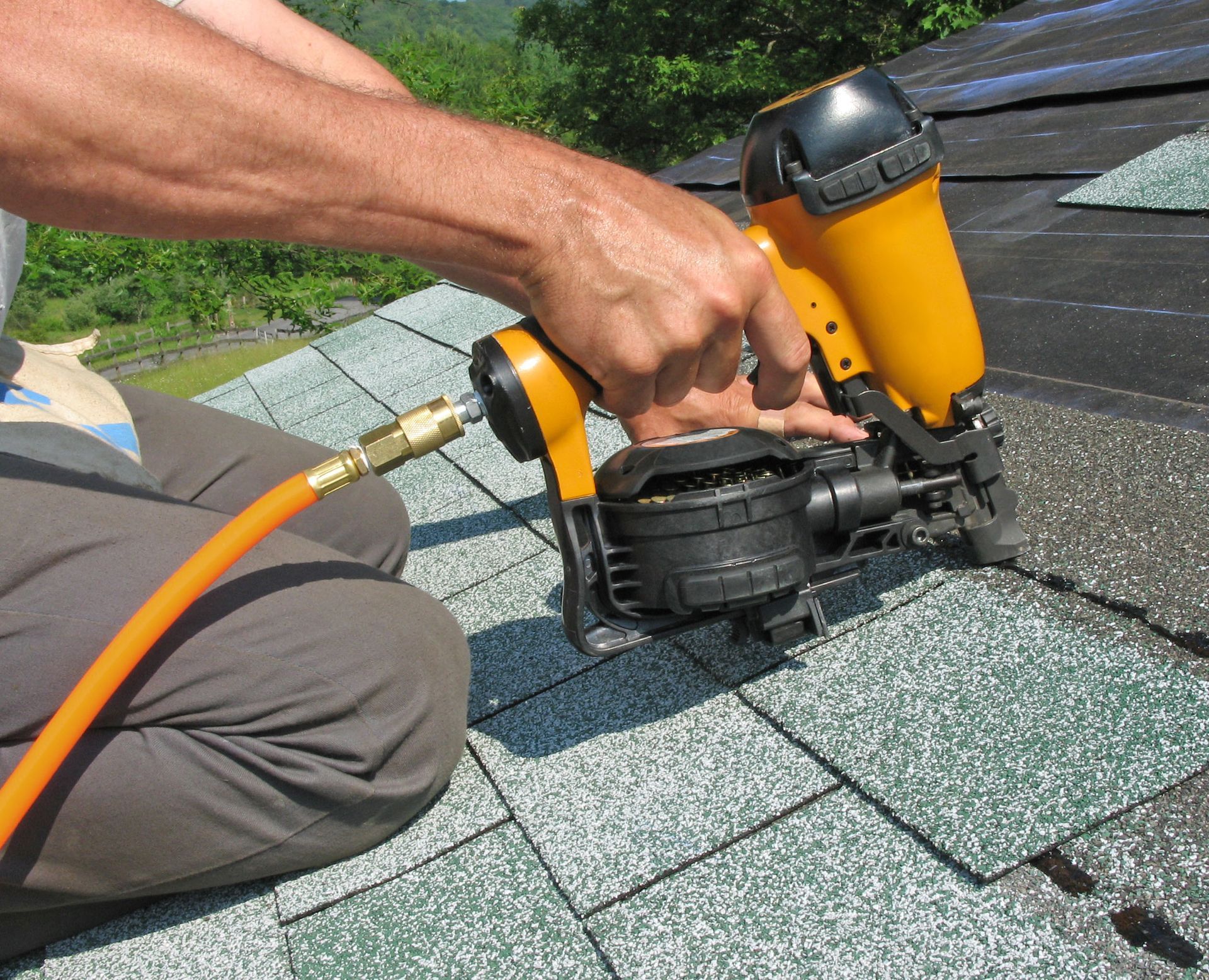

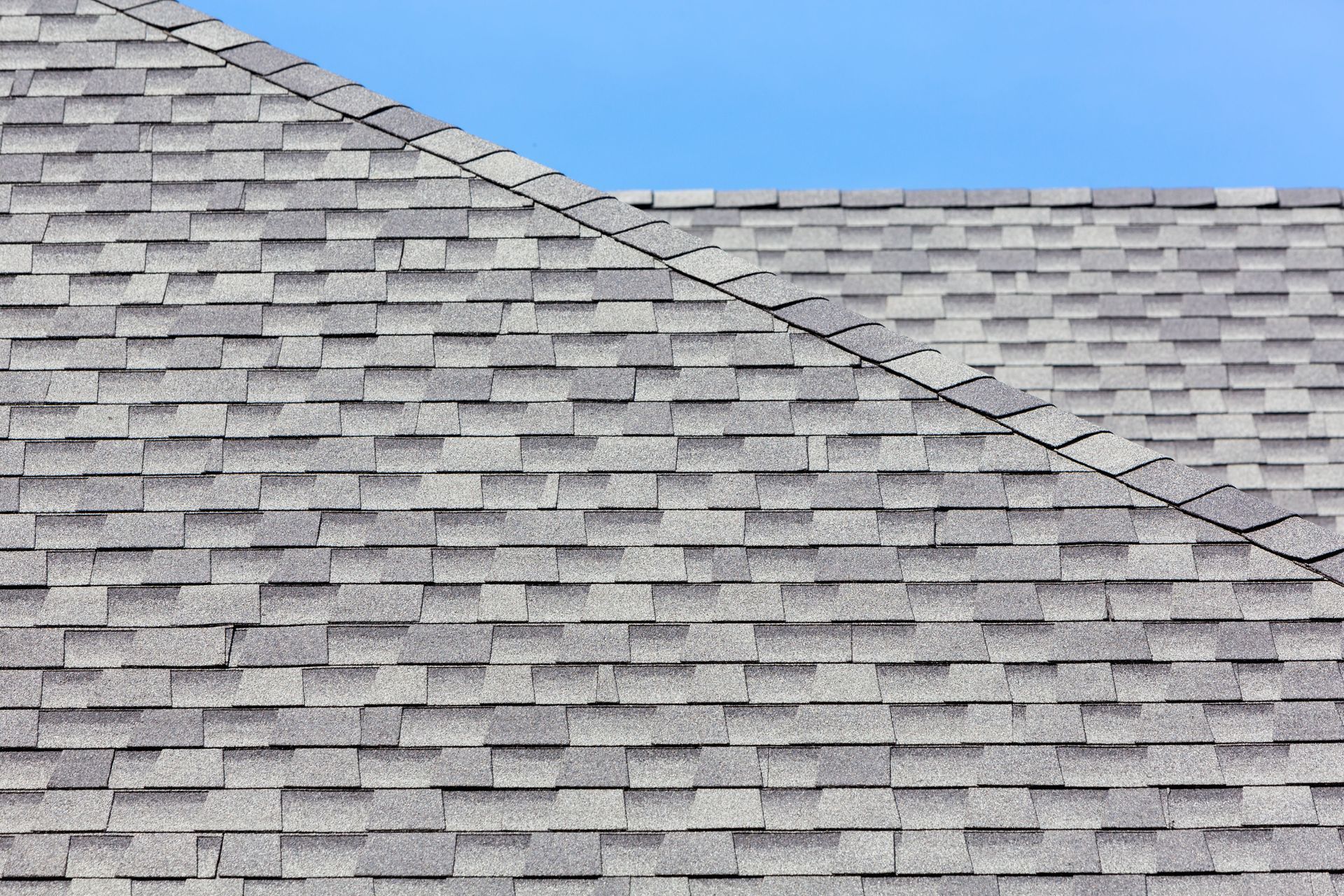

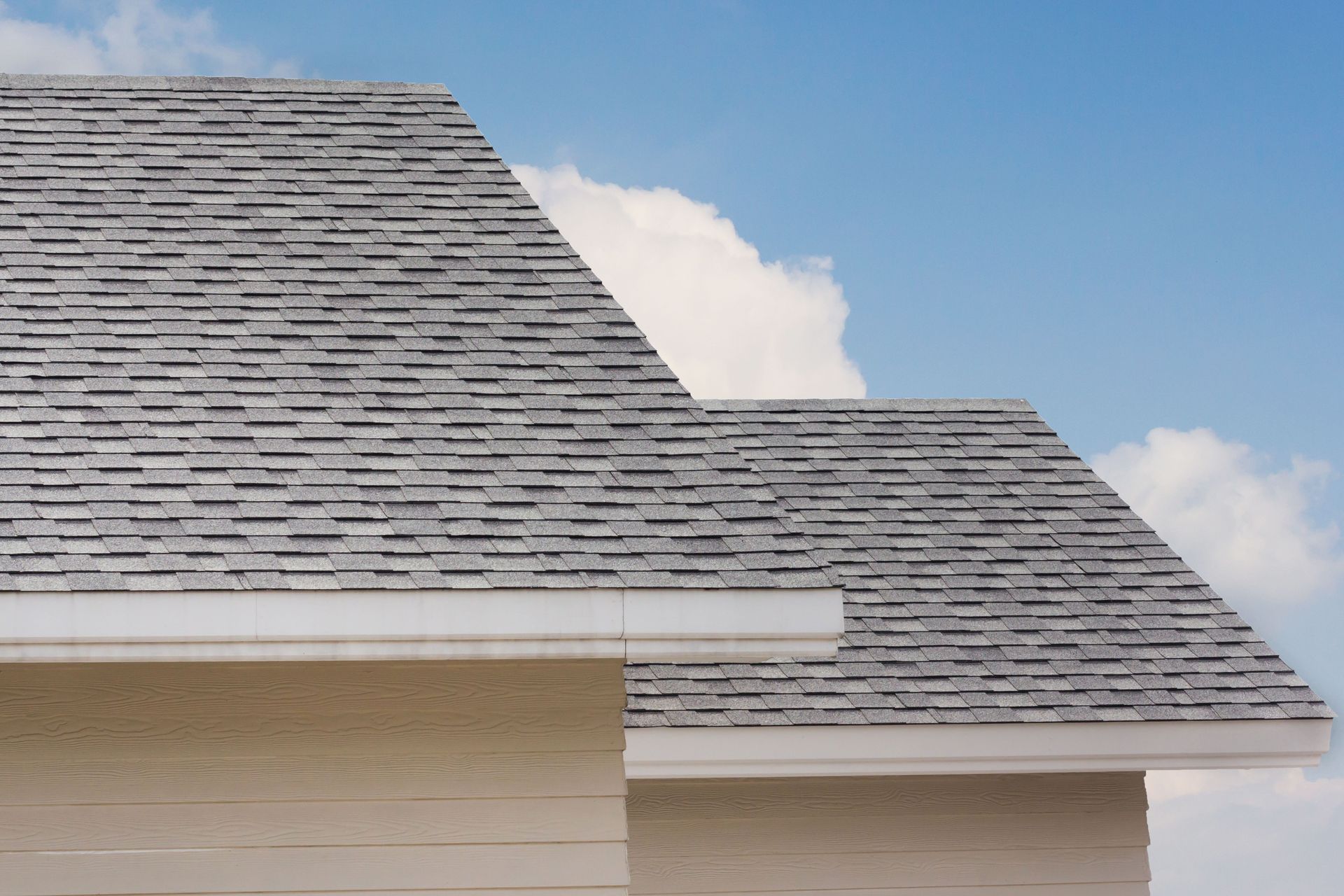

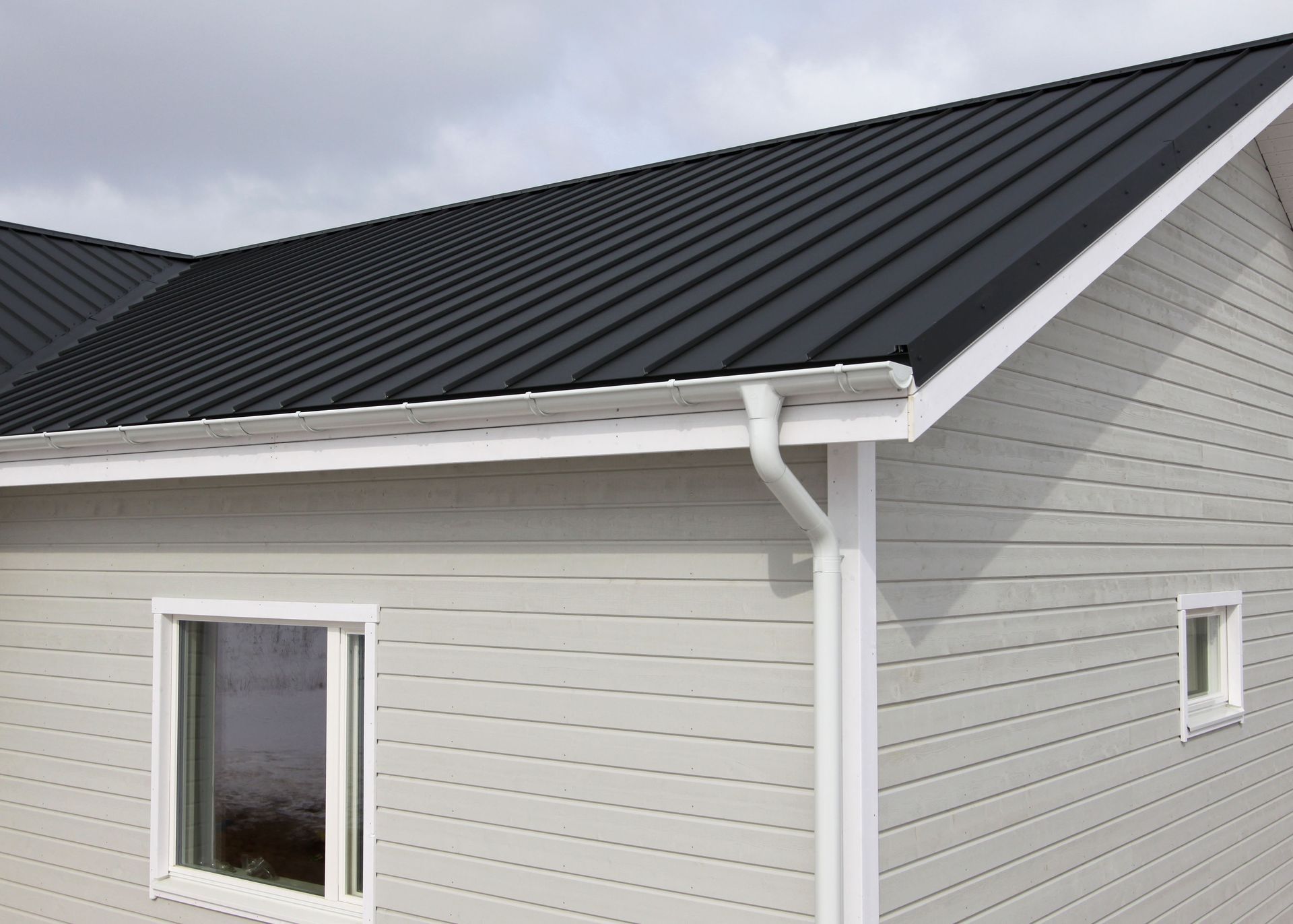
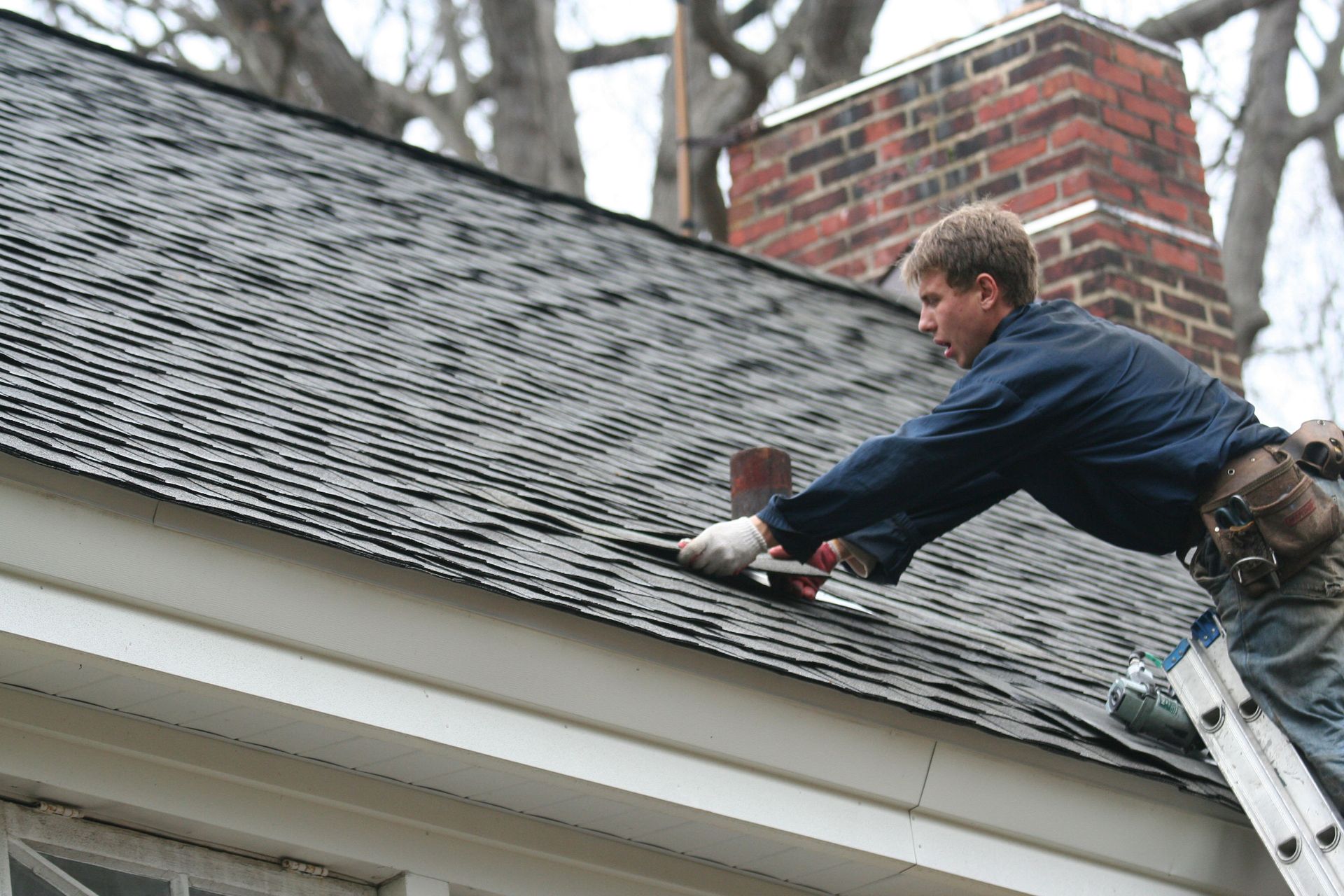




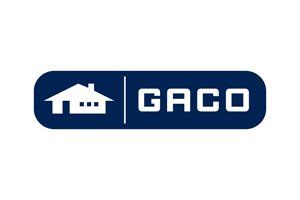

Share On: